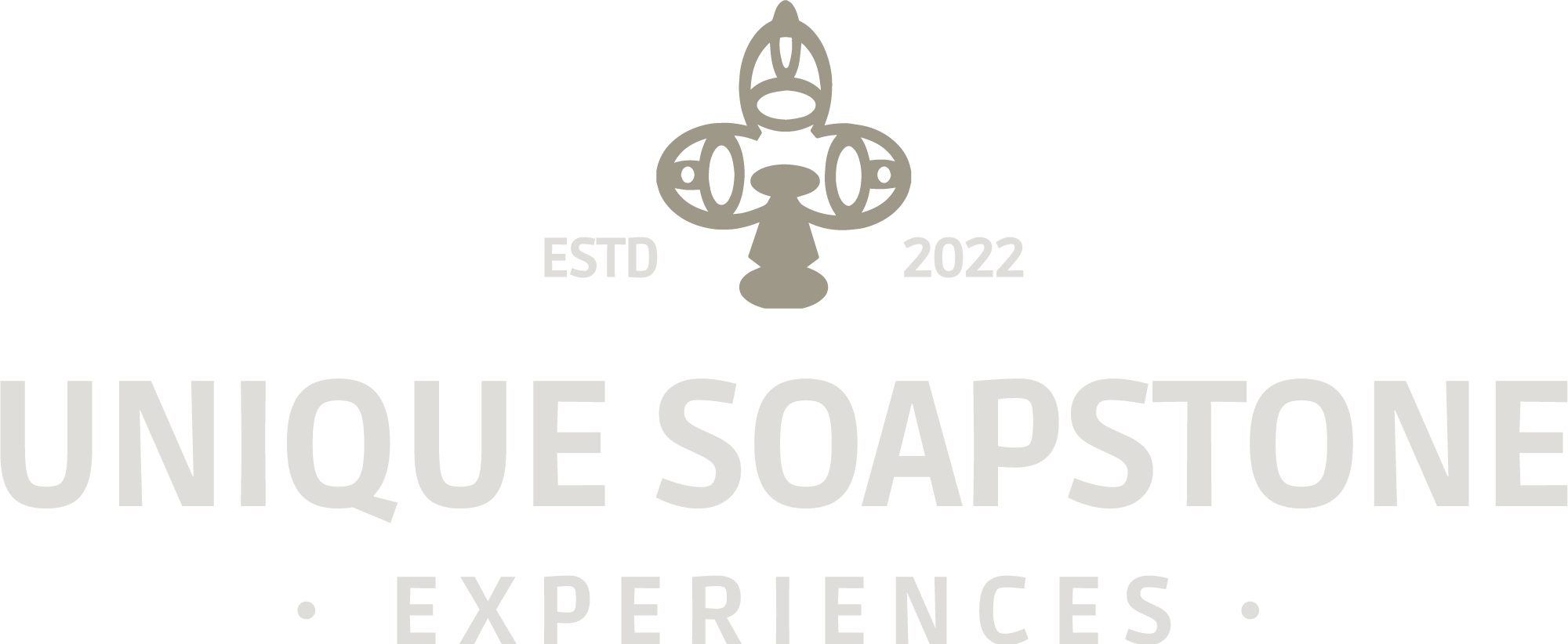Empowering creativity has numerous benefits for individuals, organizations, and society as a whole.
The following paragraphs outline some of the key advantages of fostering creativity in various contexts, drawing on academic research.
Firstly, empowering creativity can enhance problem-solving abilities. When individuals are encouraged to think creatively, they are more likely to come up with innovative solutions to challenges. According to a study by George Land and Beth Jarman, 98% of five-year-olds demonstrate high levels of creativity, but this decreases to just 2% in adults (Land & Jarman, 1993). Encouraging individuals to think creatively can help to maintain or even increase their level of creativity, which can lead to more effective problem-solving. This can be particularly beneficial in the workplace, where novel solutions to complex problems can improve efficiency and productivity (Shalley & Gilson, 2004).
Secondly, fostering creativity can improve mental health and wellbeing. Research has shown that engaging in creative activities can have a positive impact on individuals’ mood and self-esteem (Stuckey & Nobel, 2010). Participating in creative endeavors has been linked to reduced symptoms of depression, anxiety, and stress (Fancourt & Finn, 2019). This highlights the potential benefits of incorporating creative activities into mental health interventions and treatments.
Thirdly, empowering creativity can enhance educational outcomes. Encouraging students to engage in creative activities can improve their academic performance, as well as their social and emotional development (Hussain & Ali, 2017). Creativity can help students to think critically and develop problem-solving skills, as well as promoting collaboration and communication skills (Faulkner & Ekins, 2018). Incorporating creative activities into the curriculum can also make learning more engaging and enjoyable for students, which can increase motivation and improve retention of information (Sousa & Pilecki, 2013).
Fourthly, fostering creativity can promote innovation and economic growth. Encouraging individuals to think creatively and develop new ideas can lead to the creation of new products, services, and technologies (Amabile, 1996). This can drive economic growth and improve quality of life for individuals and society as a whole. According to a report by the Conference Board of Canada, fostering creativity can increase innovation, productivity, and competitiveness in the workplace (Conference Board of Canada, 2013).
Finally, empowering creativity can contribute to social and cultural development. Creative activities can promote self-expression and cultural identity, as well as facilitating cross-cultural understanding and appreciation (Kaufman & Baer, 2004). Creative endeavors can also play a role in social activism and community development, as seen in various forms of art-based activism and community art projects (Carlsen & Winther, 2019). Empowering creativity can therefore contribute to the development of a more vibrant and diverse society.
References
Amabile, T. M. (1996). Creativity in context: Update to the social psychology of creativity. Westview Press.
Carlsen, H. K., & Winther, T. (2019). The value(s) of arts activism. In T. H. Christensen, A. L. Hauge, & A. Riegler (Eds.), Culture, politics and the economy: Reclaiming the art of the possible (pp. 161-175). Palgrave Macmillan.
Conference Board of Canada. (2013). The creative imperative: The role of arts and culture in innovation and competitiveness. https://www.conferenceboard.ca/e-library/abstract.aspx?did=5477
Fancourt, D., & Finn, S. (2019). What is the evidence on the role of the arts in improving health and well-being? A scoping review. World Health Organization.


